Having a healthy blood pressure allows oxygen and many nutrients to reach tissues and organs in our bodies. But if your blood pressure is too high, you can be putting your body at an increased risk of experiencing a stroke, heart failure, vision loss, and many other unsavory outcomes.
Nearly half of all adult Americans have high blood pressure, making it a condition that is not uncommon to experience. And while your genetics and your age are factors that play into your risk that you, unfortunately, don't have any control over, dietary and lifestyle choices like smoking, not participating in physical activity, and drinking too much alcohol can negatively impact your blood pressure as well.
When it comes to our dietary choices, many people who are focused on managing healthy blood pressure already know that eating too many salty and fried foods is not recommended. And while it is recommended to keep limiting your sodium and deep-fried food intake, some other eating habits that may increase your blood pressure are totally off your radar.
If you are committed to healthily managing your blood pressure, and you want to follow the best diet tips to accomplish this goal, read on for five eating habits that may be secretly increasing your blood pressure that you should start to limit.
You are adding salty sauces to your healthy dishes
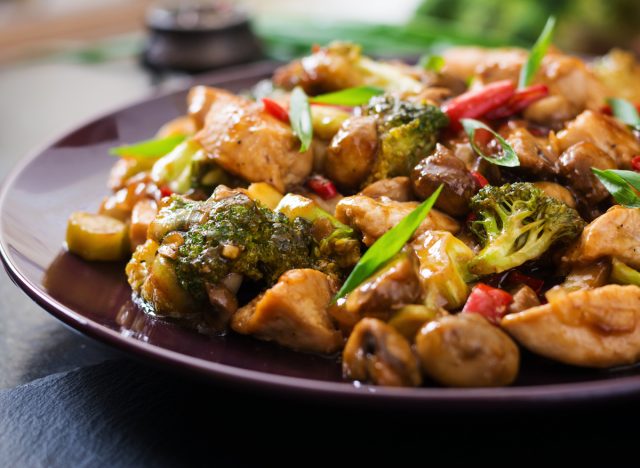
Many of us know that excessively shaking the salt shaker on your food is a no-no when trying to reduce your blood pressure. But certain sauces that are commonly added to stir fry dishes, baked fish meals, and other seemingly healthy options can also be teeming with sodium. Just one tablespoon of soy sauce contains 818 milligrams of sodium, or a bit more than 35% of the recommended intake of this mineral (based on a 2,300-milligram daily sodium limit). And that miso paste that you are adding to your soups and other dishes contains a little more than 600 milligrams of sodium per tablespoon, or 26% of your daily recommended intake.
You are eating too many foods with added sugar.
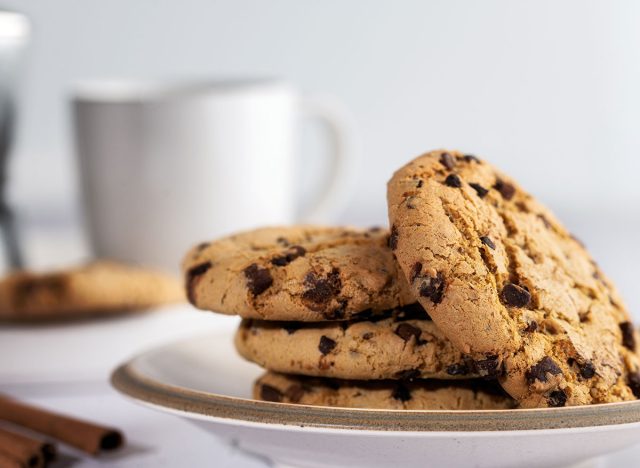
Salt tends to be the ingredient that gets all of the attention when it comes to managing blood pressure, but added sugar can play a profound role in increasing blood pressure, as well. A high intake of added sugars can increase obesity risk, which, in turn, can raise blood pressure if a person develops this disease. The American Heart Association recommends limiting added sugars to no more than 6 percent of calories daily, which is a good rule of thumb.
Common foods with added sugars include cookies, candies, and cakes. Foods like fresh fruit contain natural sugars, and can therefore be enjoyed in appropriate quantities.
You aren't eating low mercury seafood 2-3 times every week.
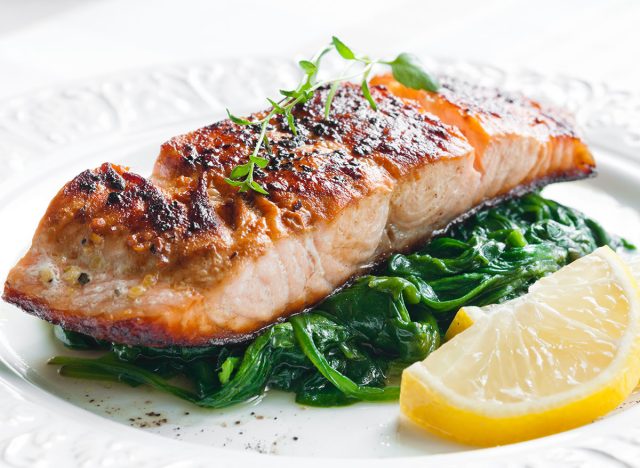
Salmon, shrimp, and Alaskan pollock are all seafood options that contain lower levels of mercury and offer up healthy fats, including omega-3 fatty acids. Data shows that moderate consumption of fatty fish can reduce diastolic blood pressure in certain populations. Increased intake of docosahexaenoic acid (DHA), an omega-3 fatty acid found in seafood, may benefit primary prevention of elevated blood pressure, according to a meta-analysis published in the journal Nutrients.
When choosing your seafood fish, avoid fried choices and cured or smoked options that can be high in sodium.
You aren't eating enough magnesium-rich foods.
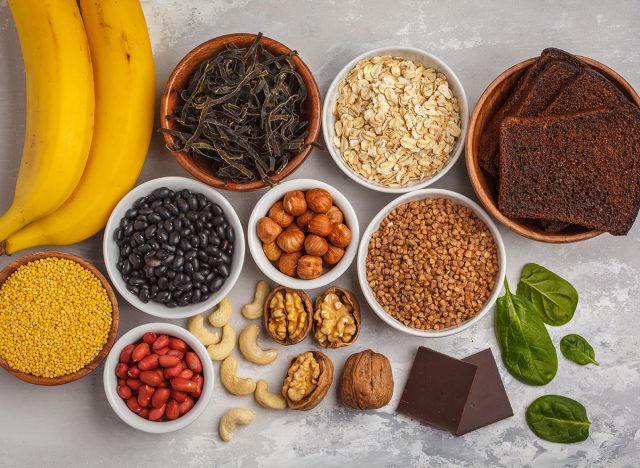
The DASH Diet, or the Dietary Approaches to Stop Hypertension Diet, is a diet that was created to reduce hypertension prevalence, and it emphasizes the intake of three minerals that play a positive role in blood pressure: calcium, potassium, and magnesium.
Adequate magnesium intake is associated with lower hypertension risk, but unfortunately, as much as half of the U.S. adult population is estimated to be consuming a magnesium-deficient diet.
If you are one of the many people who are not eating enough of this important mineral, try adding a glass of 2% milk into your day, enjoying a handful of walnuts at snack time, or slicing some avocado onto your sandwich mid-day. Exploring a magnesium supplement with your health care provider can be a viable next step if your diet continues to be missing the magnesium target.
You eat too much jerky and smoked meats.
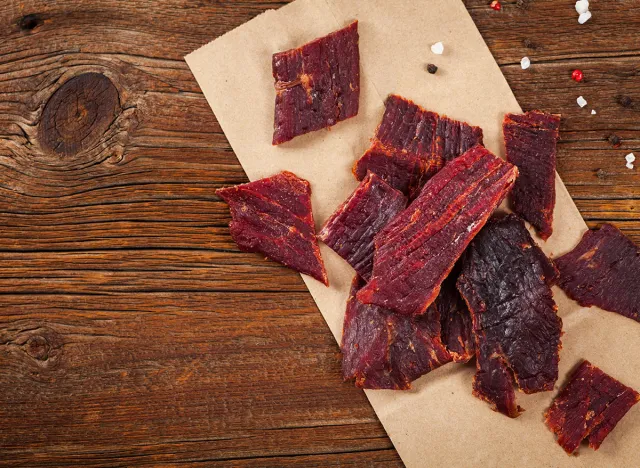
There is a slew of jerky and smoked meats out there that are marketed as being a better-for-you choice. And while they may be made with quality ingredients, most options are still loaded with sodium. No matter how natural and wholesome a jerky or smoked meat brand may appear, you should always check the nutrition label before you indulge to make sure your choice isn't a sodium bomb.
No comments:
Post a Comment